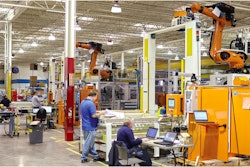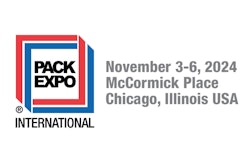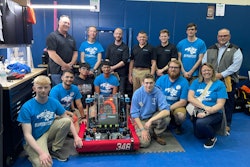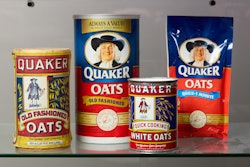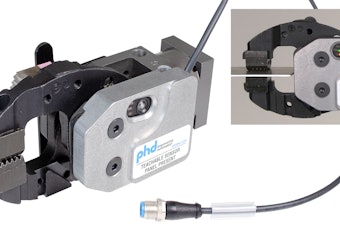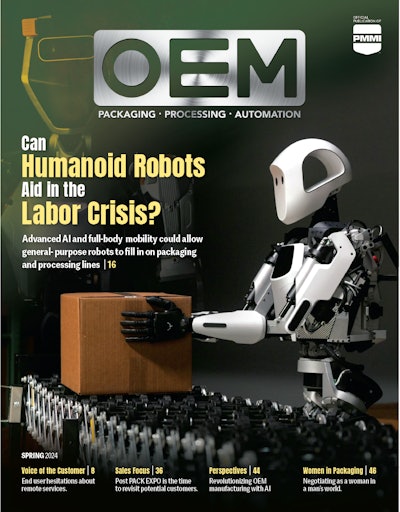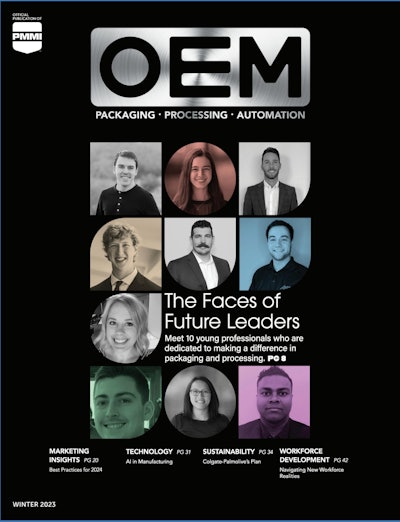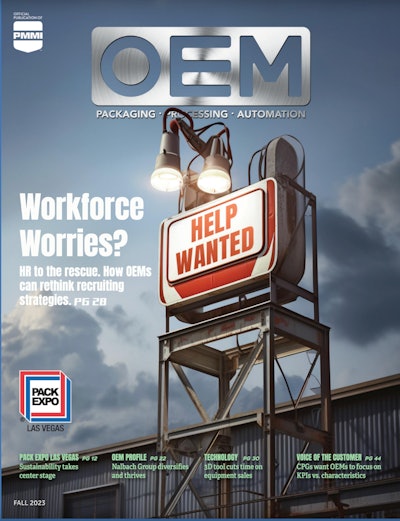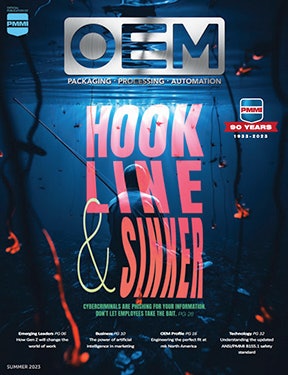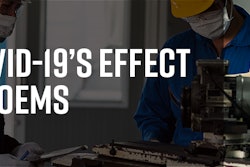Factory Acceptance Tests (FATs) have a lot of moving parts. So we asked our two audiences which of the many variables involved are the most critical to a successful, or at least representative, FAT. OEMs were twice as likely to say that the availability of the product being packaged in sufficient quantities is critical to a representative FAT. Also, OEMs are also almost 20 percent more likely to say that the product itself being accurately represented is critical to FAT success.
This reflects a common point of contention between OEMs and their customers, in that FATs are often conducted using (and then re-using) small quantities of the product being packaged. This means that products are run through a machine multiple times, and are thus exposed to potential damage several times over. Because of the small quantities and the re-use, those products may not be representative of the pristine products that would come off a production line.
“This is an issue on many of our projects,” says Jeff Bigger, president and CEO, Massman Automation, Villard, Minn. “Unless the product takes up a significant amount of space, we always seem to want more than the customer wants to send. Many times we struggle to execute a good representative FAT due to a lack of quality test material. Not to mention, if you have to pack and unpack, then you’re adding cost to the FAT. I also think it depends on the type of product. If it’s a rigid bottle or can, typically that’s not as big a deal, but when you get into pouches, cartons, and things that can be damaged, then they’re no longer representative of the virgin product the second or third time through.”
Barry Heiser, president, Global Filler & Integrated Solutions, Pro Mach, Cincinnati, says the very act of shipping from the production plant to the location of the FAT can change the products’ properties. So, the products going into an FAT aren’t the same as the product coming off of a production line.

“And then, if you have to reuse the stuff over and over again, you’re chasing your own tail because it becomes totally different after going through the machine once and that’s not real world because you’re only going to pack it once,” he adds.
Frozen products present a special challenge. Coming off the line, it may not even be frozen, but it could be the type of item that needs to be frozen in order to be sent to the OEM for the FAT. In those conditions, it’s impossible to simulate what you see in the production plant.
John Giles, manager, Operations Engineering, Amway, Ada, Mich., is sympathetic with these observations. But he points out that CPGs have their own set of issues and pressures to deal with.
“Ideally, we would like to send more products. There’s always that cost factor, and then is the product even available? In particular, if we’re launching a new product and we may not have all the packaging available, that’s where we run into that situation where we have limited samples, or they’re pre-production components,” he says. “Then, we’re trying to run those pre-production components through the FAT, waiting on the real components to arrive. We’re under a time crunch and just trying to get the equipment accepted and installed in time for those new components to come in. Our best supplier partners understand that and work with us.”
Mark Green, manager, Global Engineering, Abbott Nutrition, Columbus, Ohio, agrees, and says it goes beyond the components. Even when they have the correct corrugated or paperboard material for carton or case, it is likely to have come from some type of mock-up machine. So even though the materials are correct, the quality of those materials may not be representative of what would be expected of the final production material.
In fact, many times the containers that end users are packaging in a FAT might even be expensive-to-make SLAs (stereolithography, or 3D-printed prototypes). Beyond the expense, an end user would have limited quantities of them because so much is being done in parallel. Speed to market is always tops in the end user’s mind. In these cases, OEM’s firmly state that they cannot begin to simulate factory conditions.
“When they come up with a new, say, bottle, they do one-off molds and they get enough samples to do the market test. They get enough samples possibly to do the run-offs, but then when it goes to production molds, they’re different,” Heiser says.
Further complicating the FAT, any issue is magnified at speed according to Heiser. At slower speeds, there’s room for leeway, but for faster speeds—which tend to correlate with larger, more sophisticated end users who expect the FAT to perfectly reflect production conditions—any little issue can throw off the entire FAT.
Scott Reed, VP, Sales, Marketing & Customer Service, ADCO, Sanger, Calif., says that having experienced parties on either end tends to lead to common ground.
“There’s an education component that goes along with it, which takes time, energy, and effort,” he says. “And a lot of times it’s a tough sell. You find yourself trying to rationalize with certain individuals about why you need so much product, and getting their buy-in can be very difficult. You find this less with people who have been through the process before. They generally understand. At the end of the day, the smaller companies tend not to want to waste as much product or use as much product because they’re budgeting every penny.”
In Giles experience, it comes down to the communication between the OEM and the end user. He thinks there has to be a balance between what is sufficient to send and what the OEM asks to be sent.
“It’s up to the OEM to say, ‘Hey, I have to have this minimum quantity, and here’s the reasons why,’” Giles says. “And obviously, the end user has to try to come up with that, but we may challenge the OEM and it has to be a discussion. We might say, ‘OK, look, here’s our situation, here’s what we’re going through, and here’s the number I can get you.’”
Giles cites several different scenarios in which he and the OEM were able to make it work with limited quantities, knowing they’d have to recycle a bunch of product components through multiple times.
“Then, they’d typically set aside the test components and say, ‘In the midst of all the re-run components, we’re going to mark and send through our sample units so we can pull those and use those for our auditing purposes.’ We’d make sure that they weren’t getting scuffed, that they’re not damaged, torqued, or cracked,” he says.
Green agrees, and feels that unfortunately, the end users’ hands are tied, and only so many products will be available. But he recognizes that this just increases the risk that when the CPGs get the machines into their facilities, on site failures may result because the materials used for the FAT and all the development work were re-used so frequently.
“We’ve had some major line-feed jamming issues because the containers themselves were pressed against each other so tight, they wouldn’t release. We had logjams at the spots where the conveyors narrowed because of the dynamics of that virgin bottle versus the re-used bottle. So we know that they do not function the same when they’re re-used as they do when it’s their first time through the machine,” he says. “If the OEMs recognize that we have limited quantities, we recognize that the FAT can’t be perfectly representative, and can communicate that to our people. We all recognize that it’s a thorny issue with no easy answer.”
In a less pronounced trend we noticed in the survey results, end users are more likely to point to accurate representation of length and speed of test run as being critical to an FAT. They are also more likely to cite upstream and downstream equipment, which OEMs aren’t likely to be able to replicate, as important to an FAT.
See where OEMs and end users align and differ on other equipment procurement pain points: Survey says: OEMs, end users share sore spots on path to purchase
